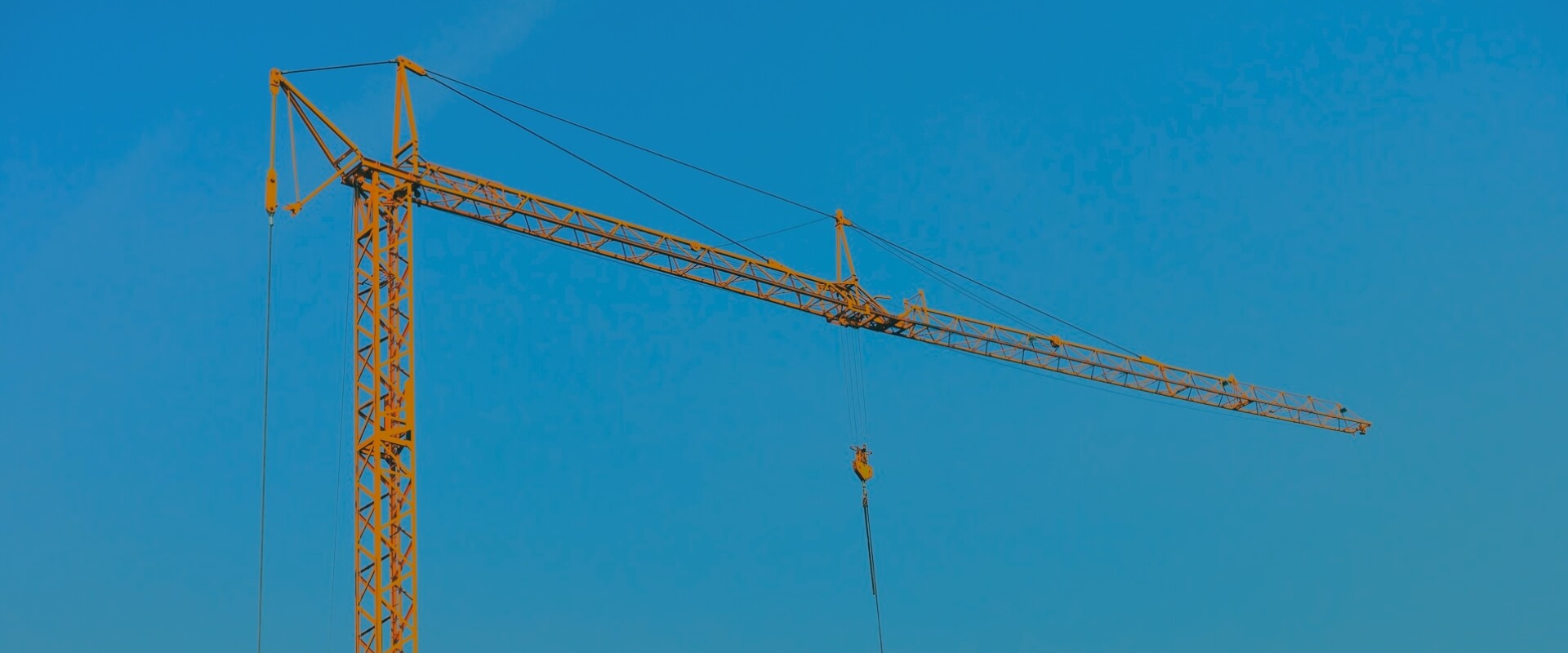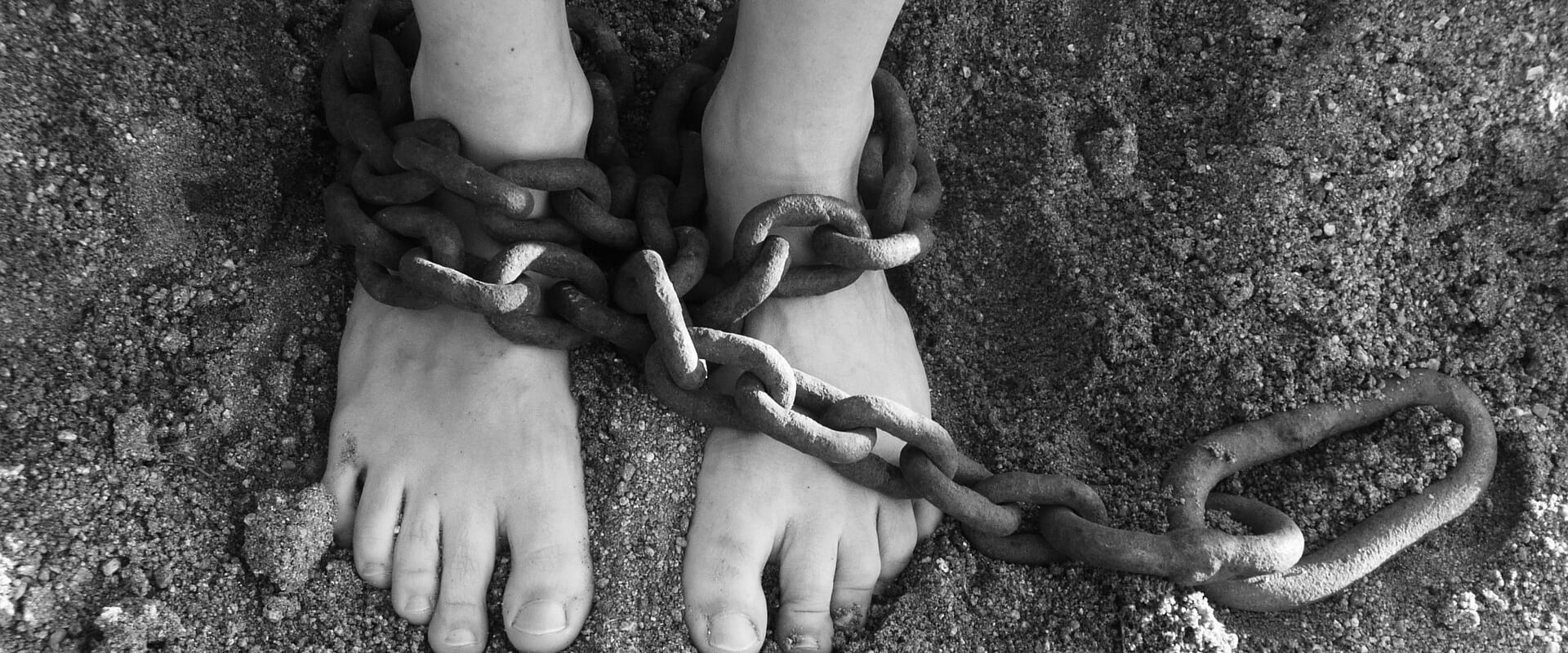Prison Industrial Complex
Justice Policy Institute says planned larger women's jail for Baltimore City will create problems, costs without improving public safety<
Washington, D.C. - The State of Maryland has appropriated funds to build a new women's jail in Baltimore City with twice as many beds as are currently being used. But a new report released today by the Justice Policy Institute (JPI) reveals that the State's projections indicating a need for a larger facility were inaccurate, and that better use of non-jail options for people awaiting trial would produce better outcomes and further reduce costs and projected jail beds.
When More is Less: How a Larger Women's Jail in Baltimore City will Reduce Public Safety and Diminish Resources for Positive Social Investments recommends that Maryland officials put plans for a new women's jail facility on hold until new population projections are generated and a more comprehensive approach to pretrial services is developed.
"Crime rates and arrests have fallen dramatically in Baltimore City," said Tracy Velázquez, executive director of JPI. "The State projected just the opposite, and plans for the new women's pretrial facility reflect this inaccurate forecasting; the plans call for 800 beds when half that number are currently being used. Maryland taxpayers cannot afford to build this proposed $181 million behemoth of a jail, let alone staff and maintain it. Better, less expensive options are available to protect public safety and ensure people make their court dates."
The report builds off of JPI's 2010 study, Baltimore Behind Bars which examined the Baltimore criminal justice system and recommended opportunities to reduce Baltimore's jail population.
Baltimore City has held the distinction of jailing the highest percentage of the jurisdiction's population among the twenty largest jail systems. The proposed women's jail was in response to the facility being cited for violating federal detention guidelines. While the overall jail population has remained relatively constant, the number of women in the jail has recently started to fall.
"Original plans to build the new Women's Detention Center were based on overstated 2007 projections," explained Nastassia Walsh, primary author and researcher for both When More is Less and Baltimore Behind Bars. "Ninety percent of the women in the jail are being held pretrial, many because they could not post even small bail amounts. With three-fourths of the women held for a nonviolent charge, expanding pretrial community supervision could further reduce the number of beds needed in the jail and get women who need services connected with providers in the community."
Katie Allston, Executive Director of Marian House, which provides housing, counseling, workforce development and other services to women in Baltimore City, said, "We know that women do better when they can get the support they need in the community. Rather than building a larger women's jail, the state should increase the use of alternatives to incarceration for women awaiting trial and focus on improving jail conditions and providing more services."
Velázquez also noted that other jurisdictions with large jail populations are taking actions to reduce their jail numbers. New Orleans, for instance, is now handing out court summonses for minor offenses and is implementing a federally-funded system to screen and release people arrested for nonviolent offenses. "Baltimore should follow the lead of other jurisdictions and develop a coordinated effort that will bring down the jail's population," urged Velázquez. "It is fiscally irresponsible to be building more jail beds when other available options cost less and are better for the City."
The report strongly recommends that the State of Maryland abandon plans to build an 800-bed women's jail. Other recommendations from the report include:
- Reform arrest, enforcement, diversion and probation practices: Baltimore police can reduce arrests by giving people citations for minor offenses, and the courts can divert people with mental health and drug treatment needs to public and community-based providers. Changes to the probation system that send fewer people to jail on technical violations would further reduce the number of people in the jail.
- Expand pretrial release and reform bail practices: The booking process can be streamlined, and a system should be in place for the courts to screen low-risk individuals for pretrial release. The courts should explore methods of releasing people other than money bail and expand use of the Pretrial Release Supervision Program.
- Improve court processes: Baltimore's courts should set up a notification system, currently used successfully in many cities across the country, which reminds people of court dates to reduce failure to appear rates. They should also reduce the time between arrests and court dates and expand their operating hours. Violation of probation cases can be moved faster to reduce the number of people being held for probation violations.
- Provide more, and better, re-entry and "no-entry" services: Instead of spending $181 million to build an oversized new jail, Maryland and Baltimore policymakers should better fund more front-end services, such as education, employment, treatment and housing, which can help reduce crime and incarceration. Improved re-entry services for those being released - such as returning of property, timely releases, and medications and services - can also have a positive impact.




